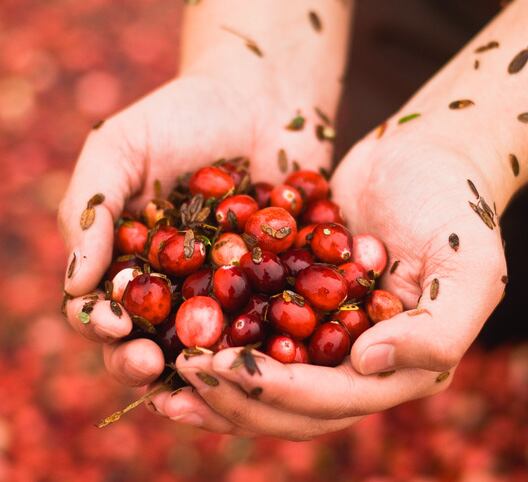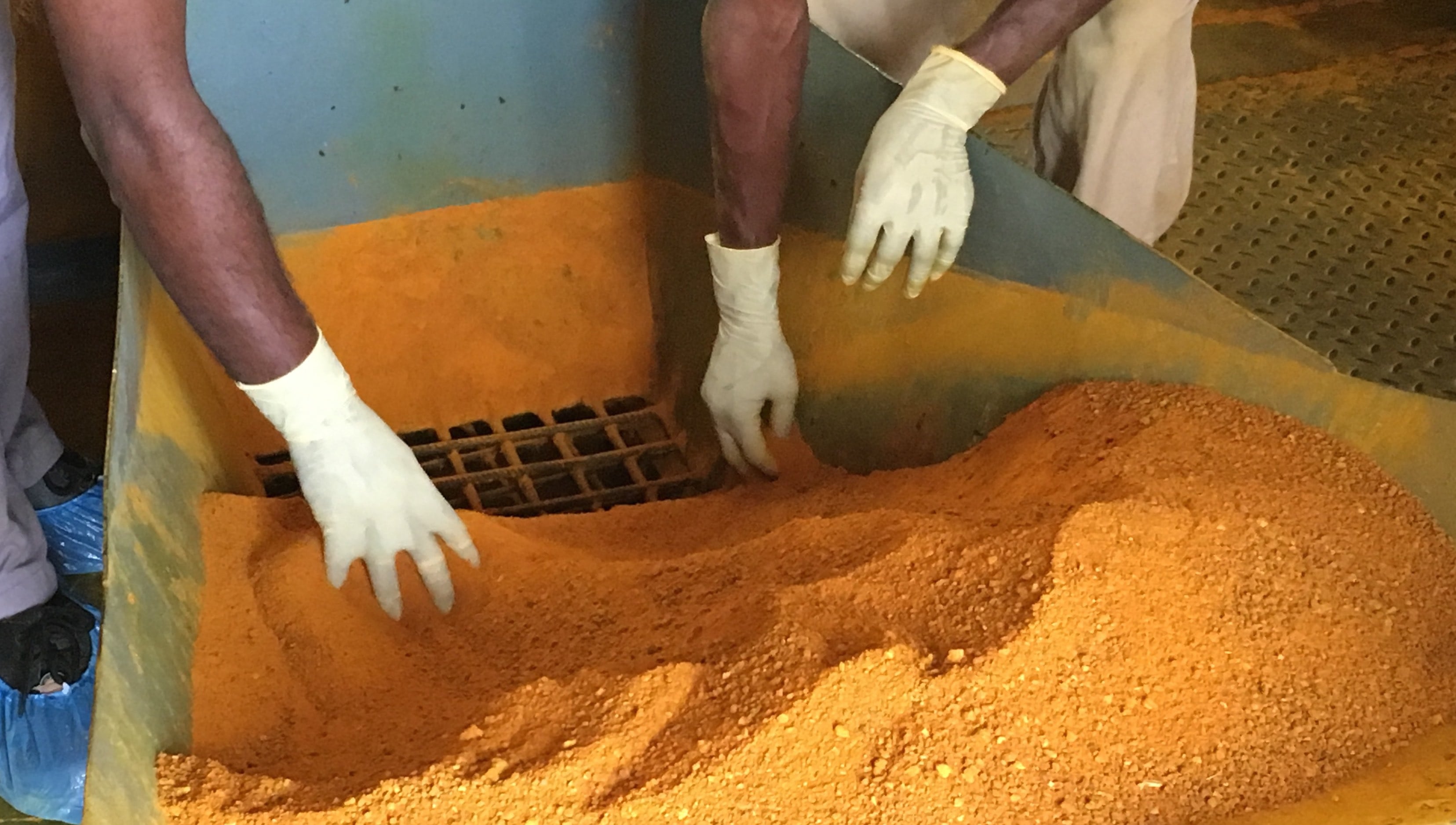In league with other botanical products whose popularity has grown, reports of cranberry adulteration have been on the rise in recent years. As recently as three or four years ago, Stefan Gafner, PhD, chief science officer of the American Botanical Council, told NutraIngredients-USA that he doubted the reports of widespread adulteration and quality issues because of the relatively low price of cranberry ingredients.
But that has changed. Cranberry ingredients are now among the top sellers in the botanicals realm, according to ABC’s recent report on herbal ingredient market trends. And that popularity has made the adulteration issue come to the fore, Gafner said.
Complex chemistry
Complicating the issue is that cranberries, in common with many other ingredients or constituents rich in polyphenols, are difficult to precisely characterize when they’re mixed together. At a dietary supplement industry event in Colorado several years ago, a contract manufacturing representative said that it’s an open secret that if a client were to bring in an ingredient labeled as something like a ‘mixed berry powder,’ there was little he could do to nail that down independently with a sufficient margin of confidence via chemical analysis.
“The researchers found it difficult to compare cranberry PACs in products that also have other ingredients containing molecules from this class of compounds. My concern is that using HPTLC, or other liquid chromatography-based approaches to determine the authenticity of cranberry supplements becomes very challenging if these supplements also contain PACs from other sources such as heather or hibiscus,” Gafner said.
Published in the journal Food Control, the investigator-initiated study evaluated the quality of 10 commercially available cranberry products, sold in sticks, caplets, tablets and syrups, purchased in French pharmacy stores. Half of the products were labeled to contain single-ingredient cranberry; the other five contained ingredient combinations including blueberry, grape seed, bell heather and hibiscus. Researchers had no information about the products’ ingredients except what was on the labels.
In addition to HPTLC, the products were evaluated using ultra high-performance liquid chromatography combined with mass spectrometry (UHPLC-MS). The total PAC content was determined by UV/Vis spectrophotometry after reacting the products with 4-(dimethylamino) cinnamaldehyde (DMAC).
Few products tested meet quality expectations
The researchers found that only two of the 10 products could be said to be high quality according to their analysis.
Gafner said that one way to sidestep the adulteration and testing difficulties is to work with a high quality supplier whose supply chain had been verified, or, better yet, one whose supply is vertically integrated. Gafner noted that Canadian company Fruit d’Or fits that description. Fruit d’Or has pioneered a MALDI-TOF analytical method of its own with Wisconsin company Complete Phytochemical Solutions.
“Certain supplement manufacturers see only a cranberry powder or extract. One of the advantages with Fruit d’Or is that the company is controlling every step of the process with its vertical integration. If you can see and taste the berry, there’s less concern over authentication versus buying a powdered material from a supplier that isn’t transparent about how their ingredients are grown and processed,” he said.
Source: Food Control
doi.org/10.1016/j.foodcont.2017.11.017
“Quality control of commercial cranberry products: HPTLC-densitometry a new deal”
Authors: Boudesocque-Delaye L, Lanoue A, Dorat J, Bruyére F, Gueiffier A, Enguehard-Gueiffier, C.


